In its latest aerospace forecast, the Federal Aviation Administration (FAA) highlights what it calls the “phenomenal growth” of the small unmanned aircraft systems (sUAS) industry.
According to the agency’s aerospace forecast report for fiscal years 2024-2039, there were more than 277,000 non-model unmanned aircraft registered with the FAA at the end of 2018, representing a bigger growth rate than the agency had anticipated. With a forecast of 158,900 made by the FAA a year prior, it fell short by a whopping 80%.
If this pace of growth continues, the agency predicts that last year’s forecast of 452,000 in 2022 could actually be surpassed later this year or in early 2025. Although the growth rate could “slow down over time,” the report says, the non-model sUAS sector “will be much larger than what [the FAA] understood as recently as last year.”
Looking ahead to five years, the FAA predicts that the U.S.’ non-model sUAS fleet will total more than 835,000 in 2023.
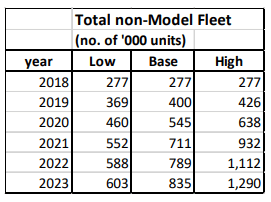
Focusing on consumer-grade versus professional-grade non-model drones, the forecast notes that consumer-grade dominates the sector, with a “market share approaching 95 percent.” However, going forward, this share is “likely to decline but will still be dominant,” with an expected market share of 85% by 2023.
“Starting from a low base of around 13,000 aircraft in 2018, [the] professional-grade, non-model sUAS subsector stands to expand rapidly over time, especially as newer and more sophisticated uses are identified, designed and operationally planned and flown,” the report explains.
On the model aircraft side, the FAA says there were more than 900,000 modelers registered with the agency at the end of 2018, bringing the estimated total of model aircraft to 1.25 million. (Modelers must register only themselves, rather than each aircraft.)
Including “some expected peaks during the holiday season and summer,” monthly modeler registrations were, on average, 8,000 to 9,000 during the year.
Compared to the previous year’s data, there was an annual growth rate of 13%. Of course, however, in May 2017, model sUAS registration was put on hold following a U.S. Appeals Court decision but was reinstated in December 2017 under the National Defense Authorization Act.
The FAA calls the 13% growth “substantial as anticipated,” thanks in part to “falling equipment prices and improved technology, such as built-in cameras and relatively easy maneuvering.”
“However, like in all other technologies including hobby items – e.g., cell phones and video game consoles, and prior to that, video cameras and video players – the trend in model aircraft is likely to slow as the pace of falling prices diminishes and the early adopters begin to experience limits in their experiments or simply eagerness plateaus,” the FAA predicts.
Going forward, the agency predicts the model aircraft market will saturate at approximately 1.4 million units.
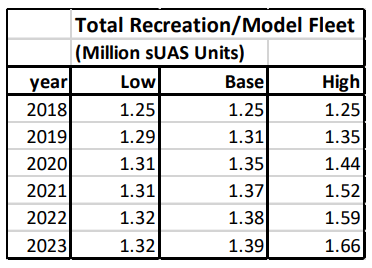
Overall, over the last five years, the UAS industry has seen “healthy growth” both in the U.S. and around the world, the report says.
The FAA says although the introduction of drones into the National Airspace System (NAS) has “opened up numerous possibilities,” it has also sparked “operational challenges, including safe integration into the NAS.”
“Despite these challenges,” the report notes, “the UAS sector holds enormous promise.”
The FAA’s aerospace forecasts from the past two years can be found here and here.


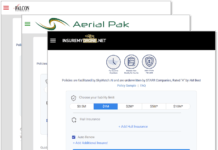
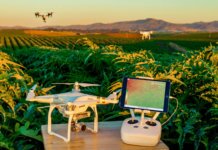

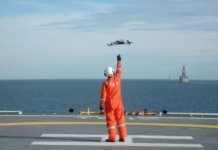




Leave a Comment
Your email address will not be published. Required fields are marked *